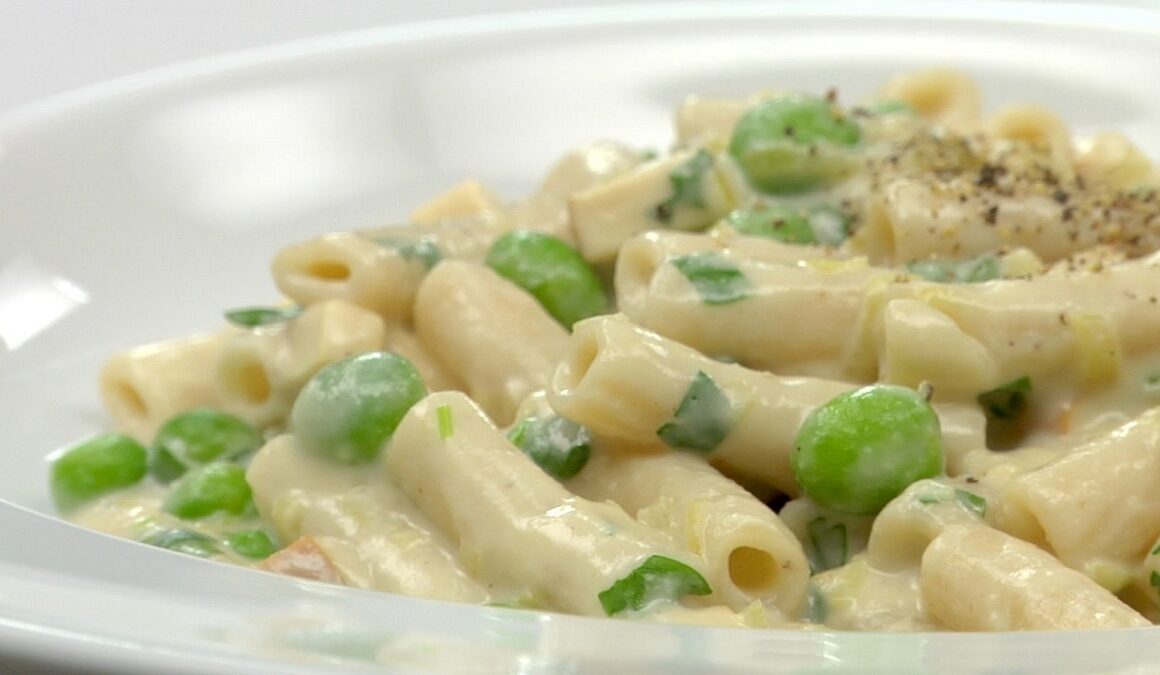Tune in to a special Earth Day 2024 episode about accelerating the path to a circular economy. Sustainability In Your Ear host Mitch Ratcliffe shares lessons he learned at the Ellen MacArthur Foundation’s circular economy-focused REMADE conference, which met at the National Academy of Sciences, Engineering, and Medicine in Washington DC earlier this month. Scientists and business leaders gathered to discuss and share research about enabling a circular economy. REMADE focuses on reducing waste and creating circular systems in the industry, which accounts for 30.2% of annual human CO2 emissions — and the conference has a decided tilt toward recycling, specifically industrializing it at a massive scale so that consumers no longer need to learn materials sort them at home for better recycling.

As you’ll hear, that requires an enormous investment, and it’s a form of technological utopianism promising solutions so simple people don’t have to think about it. Many of the scientific presentations at the event explored advanced recycling technologies for plastics, textiles, and metals, industrial decarbonization techniques, and how to design products for easier recyclability. These important and compelling initiatives will move us toward a make-recapture-remake approach to the products humans rely on daily.
Take a few minutes on Earth Day to learn more about the potential benefits of a circular economy:
Editor’s Note: This interview originally aired on May 20, 2024.











Recent Comments